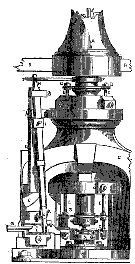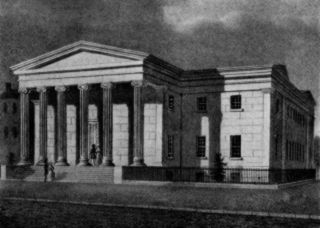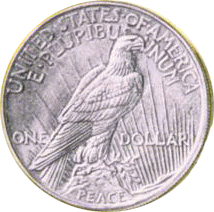 |
|

|
Why pay dear when you can pay cheap ?The bimetallic Standard offered the debtors something nice : they could repay their debts in the cheapest metal. The market value of the metal that coins (dollars if you want) were minted from changed every day, but the value of the coins when used to repay debts or to buy something was constant. A dollar is a dollar, be it gold or silver. So nobody would pay with a coin whose metal content was worth more than its legal-tender value, and those undervalued coins were either melted or hoarded. Conversely, overvalued coins, that is coins whose value as a legal tender was greater than the value of their metal content if melted, were the only to circulate. Bad money drives out good money, as Thomas Gresham, a scottish banker, first said it. On the |





